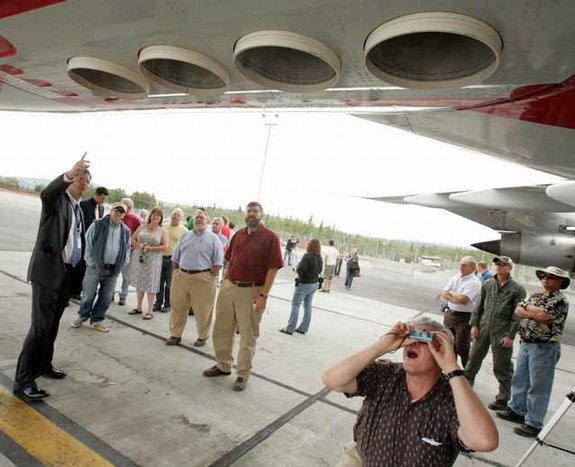Evergreen continues their road trip, uh, air trip, with the 20,000-gallon 747 air tanker they call a “Supertanker”. On July 10 they were in Sacramento. Last week they were in France, Germany, and Spain where they made their first ever drop on a real fire during a demonstration in Spain. And on Tuesday they were in Edmonton, Canada and Fairbanks, Alaska.
The company will donate the services of the 747 today, making a drop on the Railbelt Complex of fires, which has burned 340,000 acres 12 miles northwest of Nenana, Alaska. This will be the first drop on a real fire in the United States for the aircraft.


And speaking of very large air tankers (VLAT), in a cost-saving move, CalFire recently downgraded their exclusive use agreement for one of the DC-10 air tankers (tanker 910) to a Call When Needed (CWN) agreement, meaning they will only pay for the air tanker when and if they use it. They still have CWN agreements for the second DC-10 operated by 10 Tanker Air Carrier, Tanker 911 and the 747 air tanker.
The U.S. Forest Service issued a solicitation for VLAT’s on June 25. We have not heard if they have awarded any contracts through this process.





